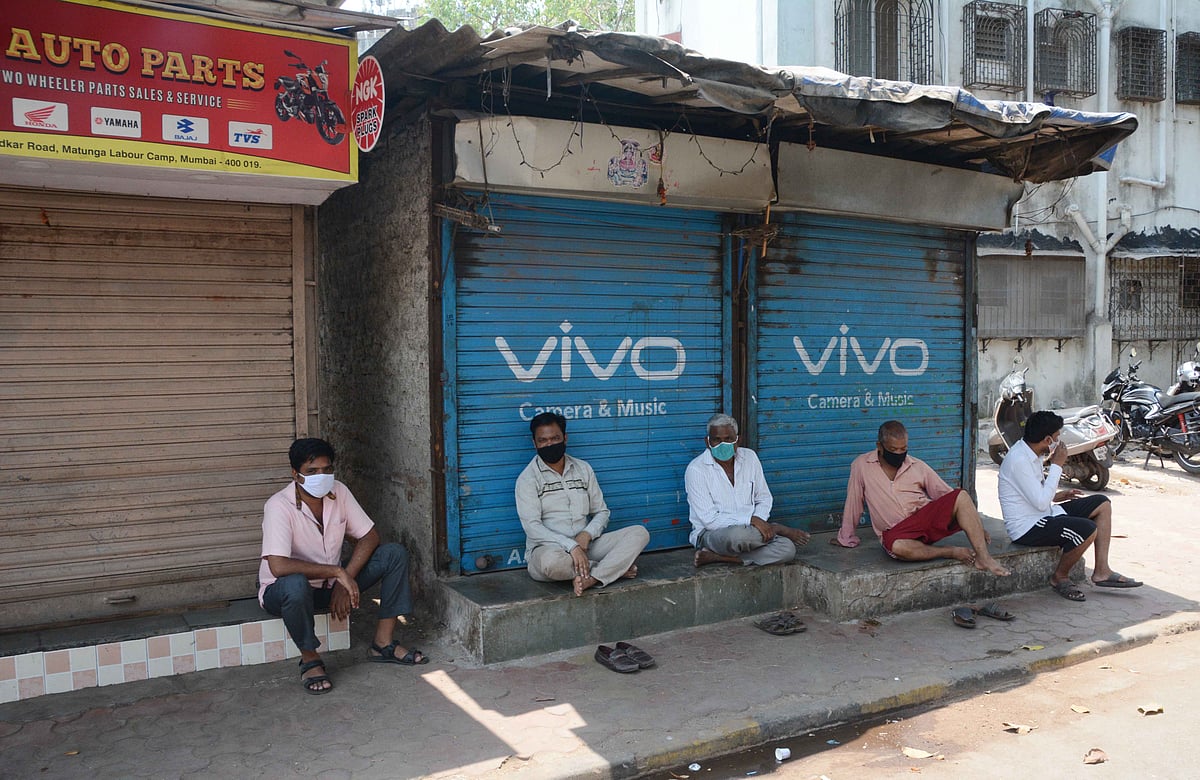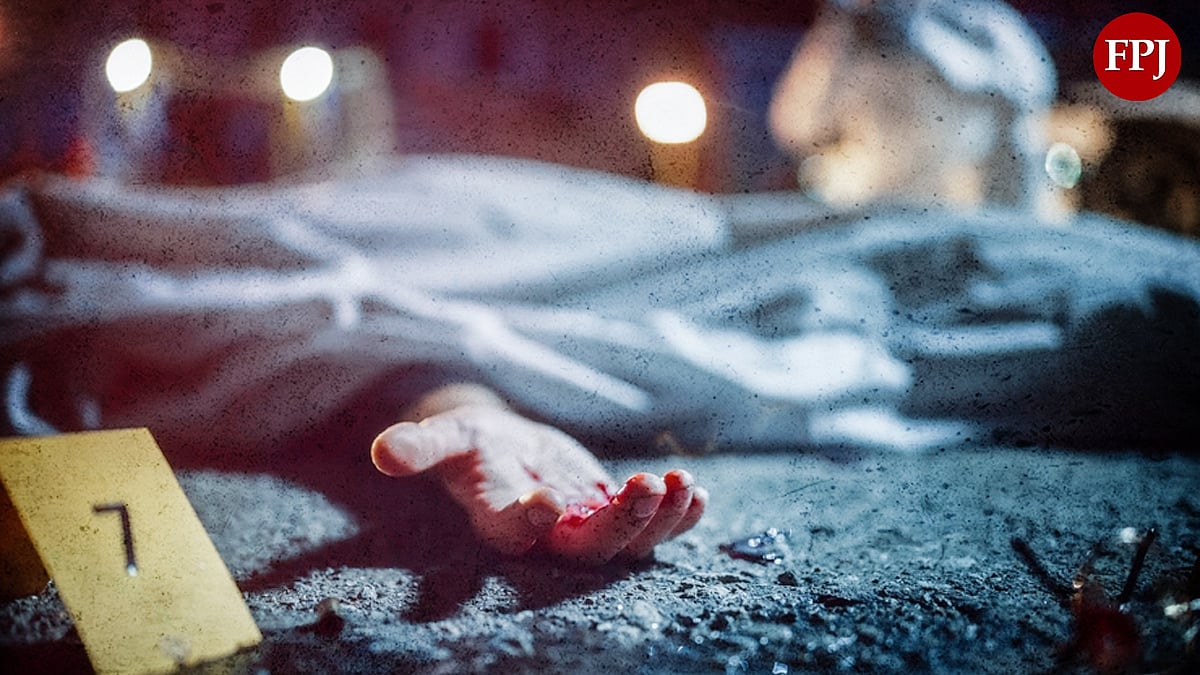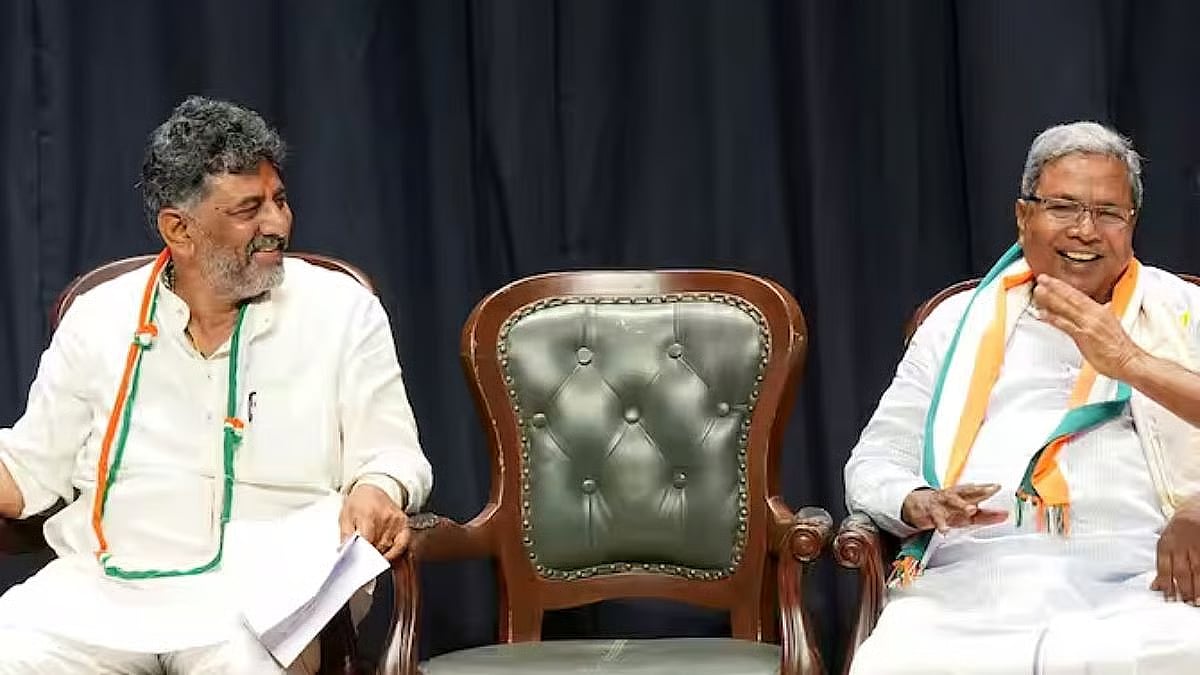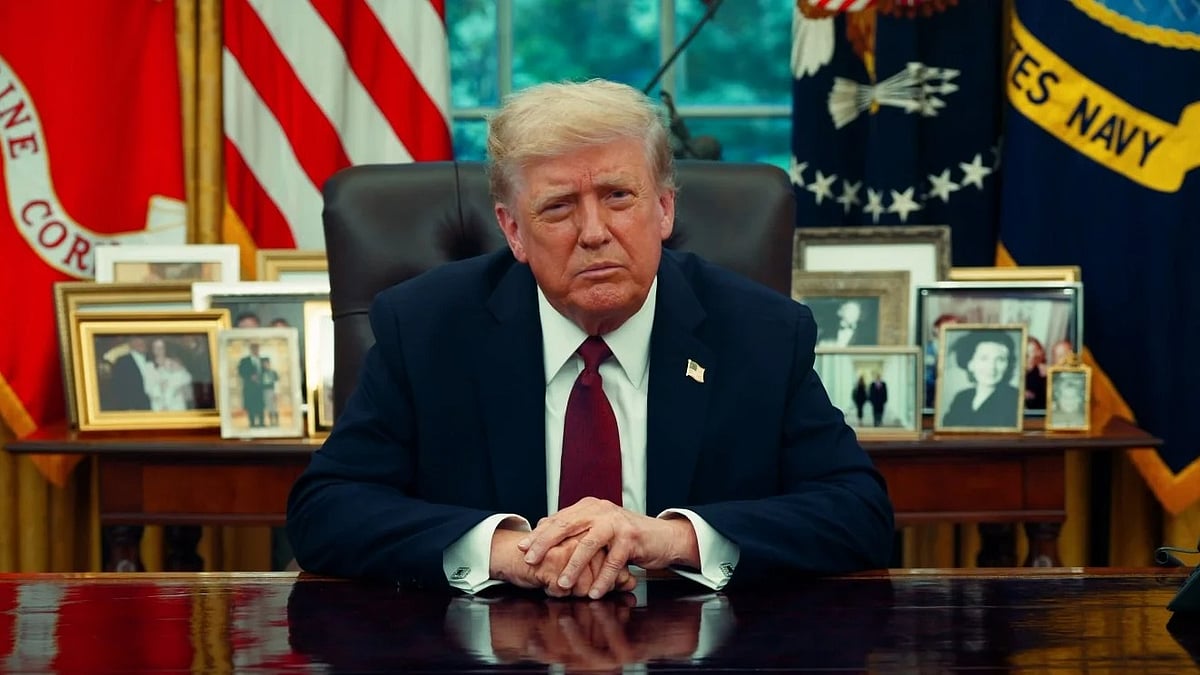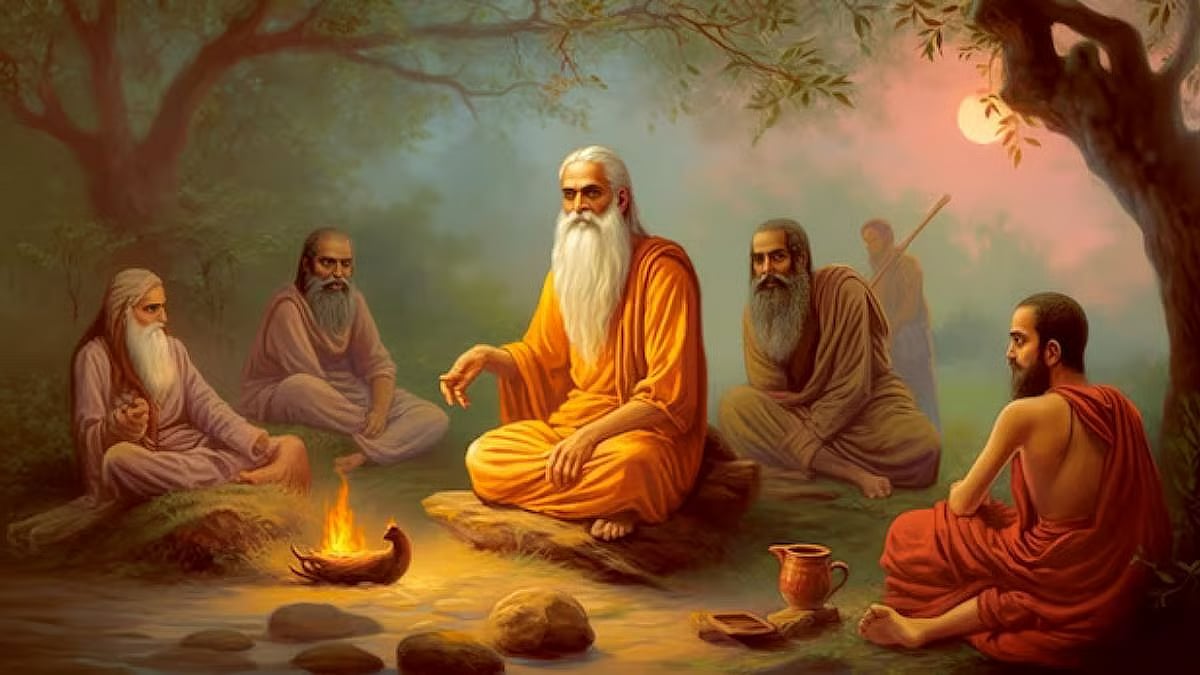The Centre last Friday further relaxed restrictions during the lockdown period. It allowed opening of shops within and outside municipal limits with certain precautions, the foremost being that only half the workers can be present at a given time and they all have to wear face masks. This, of course, would not naturally lead to the opening of most shops across the country. No. The decision will have to be made on which shops in which city or town are to be opened by respective State governments.
Given the high rate of infection of the coronavirus, say, in Mumbai and Indore, it is unlikely that markets there can be opened anytime soon. Also, in various hotspots from Surat to Chennai, Delhi to Hyderabad, there is no way people can expect an early omnibus return to normalcy. Yet, there should be relief in large parts of the country which are generally free from the virus or have very nearly controlled it. At the weekend, the reported cases were about 24,000 while the number of deaths was over 700. Around a million people were under corona watch.
After a month-long lockdown, the spread of the virus had been significantly contained. From over 21 per cent when the lockdown was first imposed on March 24 the growth in cases had come down to eight per cent. If the lockdown is observed strictly in most regions, the rate could come down still further by the time the second extension ends on May 3. The pandemic cases are not evenly spread all over the country, with some States bearing its brunt far more than some others. Maharashtra and Gujarat are the worst victims, followed by Delhi, Rajasthan, Tamil Nadu, Madhya Pradesh and UP, etc. Kerala has done exceedingly well in containing the virus, while UP too has not done badly in limiting the number of infections.
Surprisingly, the generally well-to-do and well-run States like Maharashtra and Gujarat are the worst sufferers. Maybe their success as major industrial and commercial hubs which attracts tens of thousands of migrant workers, who live packed like sardines in small ~kholis~ is a significant contributory factor. But once the pandemic is over, these States will have to revamp their healthcare systems and take steps to reduce density in slums and improve their sanitary conditions.
Delhi, not unlike Mumbai, attracts a huge number of migrant workers and has a substantial number of people living in shanty colonies with poor civic infrastructure. Yet, it has a better health system, including a few centrally-controlled premier medical institutions, than most other big cities. The relatively large number of infections and fatalities may be partly due to the gathering of the Tablighi Jamaat in the heart of the capital, but there have to be other causes as well for it to be saddled with such a large number of cases. Whether the much-touted Mohalla clinics helped in containing the virus is a matter for further inquiry, given that most of these were located in illegal colonies.
Meanwhile, the Centre can no longer evade the question of reopening of the economy. The longer it stays locked out, the harder it will be to recover the lost ground. Most global financial institutions estimate that the Indian economy might be in the negative territory in the current fiscal, with one multilateral agency predicting a growth rate of a paltry 1.95 per cent this year. Livelihood concerns of millions of daily-wage workers need to be factored in when the Centre determines the next course of action before the end of the current phase of the lockdown. In all likelihood, there will be a green signal for reopening in most areas which are free from the pandemic, barring of course a handful of hotspots. Areas marked as red zones can be excluded, and the movement to and from controlled, but a blanket ban on all industrial and commercial activity will exacerbate the rising problem of human hunger and poverty.
Nobody is suggesting aping the Swedish model of herd immunity which is only partially successful even in a small country like Sweden. And the mortality rate in Sweden is six times higher than its equally small neighbour which took care to enforce the lockdown. But we have to evolve our own middle way. Which can only be the restoration of normalcy with adequate precautions in large parts of the country, leaving aside the hot spots till their rate of spread too is duly brought down and can be considered for reopening.
